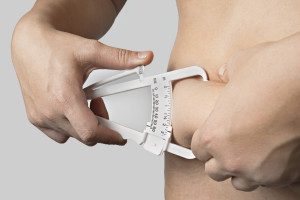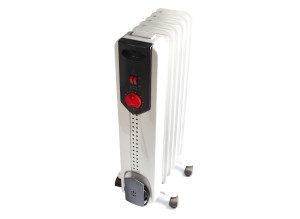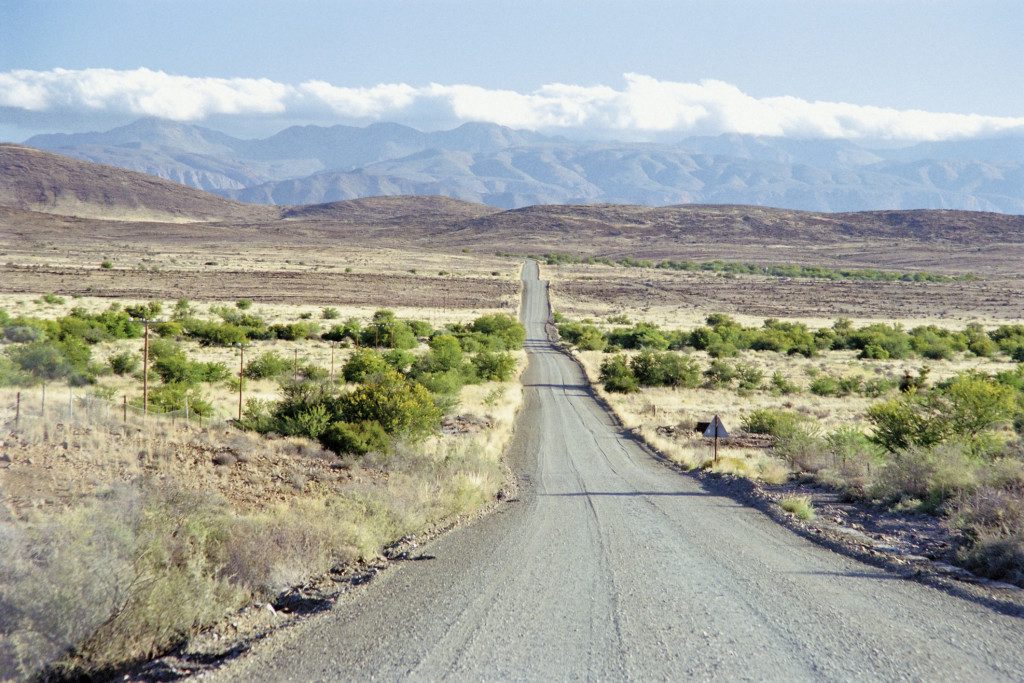How can I train for the heat during winter?

Are you preparing for an upcoming race in warm destination? During a Canadian winter, it can seem difficult to train for the humid conditions but there are ways to simulate the heat in your indoor training. Antoine Jolicoeur Desroches asked fellow pros how they prepare for the heat at home in the winter. Here are the tips he gathered.
Dominika Jamnicky
Dominika Jamnicky worked on acclimatizing before an ITU race in Mexico where she finished second. She and her coach Craig Taylor shared a list of the most important factors, in order of importance, for performing in the heat.
 Fitness — Even athletes who don’t acclimate very well can still perform a good race in the heat if they are in prime fitness — the Brownlee brothers are a good example.
Fitness — Even athletes who don’t acclimate very well can still perform a good race in the heat if they are in prime fitness — the Brownlee brothers are a good example.
Body Composition — After fitness, the next biggest factor is leanness. The less body fat, the less insulation to keep heat in your body. Be careful with this as it needs to be managed properly.
Heat Acclimation — Train in hot environments and raise core temperature to create adaptations. You can do this by creating your own “heat chamber”. Set up a trainer in a small room (like your bathroom) and use a portable heater to raise the temperature. Run the hot water to add some humidity and steam. Again, be careful and make sure to start with light training. Always listen to your body.
Pre-Cooling — This has the least impact but is still effective. Use a cooling ice vest or eat slushies before the race to keep the body temperature low.
Lionel Sanders
Lionel Sanders won Ironman 70.3 Panama without having trained in a warm destination prior to the race. He explained on his blog, “I have heard and read that Panama is very hot and humid. The only way I could prepare for the conditions (in Canada) was to artificially create them.”
the conditions (in Canada) was to artificially create them.”
To do so, he increased the temperature and the humidity in his indoor “pain cave” to mimic the Panama race conditions. He would also sit in a sauna after his workouts.
He says that consistency and sustainability are key. You can’t simply do one bike workout in a warm room and expect to be well-acclimatized. You need to do a few sessions every week in a warm room over a long period of time.
Alex Coates
Alex Coates recently finished second at an ITU race in Cuba after doing all her training in Guelph.
She says, “Leading up to a really hot race, I’ll usually do two heat training sessions on the bike each week. I’ll do a trainer workout in a small space (usually a bathroom), with a space heater going. At the beginning I’ll just do an hour or so of base spinning, just to get used to the heat and humidity. My coach gets me to weigh myself before and after the sessions. I rehydrate according to how much water was lost. Over time I start doing some quality sessions in the heat, but it takes time to get to that point. I start heat prep a couple months in advance if I know my upcoming race is going to be really hot.”
Right now, I am getting ready for a race in Guadeloupe. I train in Quebec during the winter, so I play around with my acclimatization as well. Since I don’t own a treadmill and have to use the one in my university’s gym, the only option is to wear winter clothing during my treadmill runs. Even though people look at me as if I’m crazy, this is a great way to increase your body temperature if you are not training at home in your pain cave.
If you can get to the destination a few days before your event, your body will have more time to adapt. However, give your body time and start training earlier in the day when the temperature is not at its maximum. From there, progressively start training in the middle of the day as the temperature heats up.

